-
Saint-Jean, Michel (1937, Montreal–2007, Montreal)
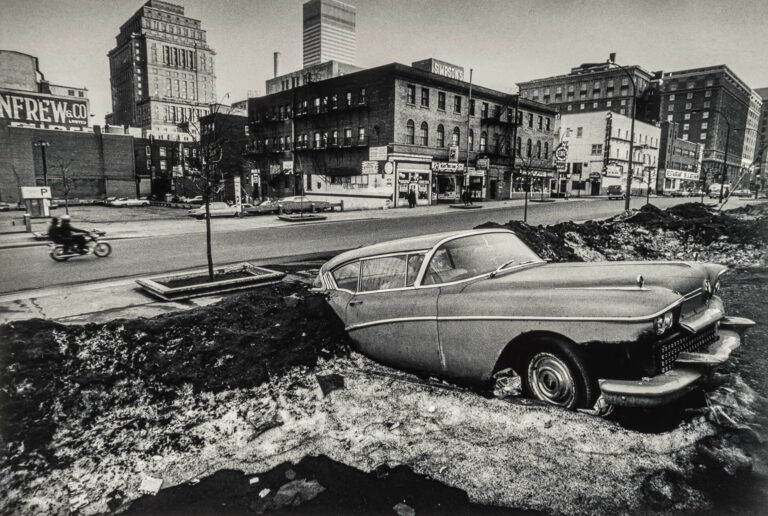
Saint-Jean was a photographer active in Montreal from the late 1950s to the early 1970s. He worked as a freelance photojournalist and pursued independent projects, such as L’Amérique québécoise (1963–73). This ten-year documentary series captured and critiqued the modernization and commodification of, as well as the American influence in, Quebec culture. This project was chosen to represent Canada in the 1975 Rencontres internationales de la photographie in Arles, France. Saint-Jean moved to Paris in 1973.
Image: Michel Saint-Jean, Boulevard de Maisonneuve, Montréal, 1969, gelatin silver print, 30.5 x 40.5 cm, Montreal Museum of Fine Arts.
For further reading, see:
Allaire, Serge. “S.O.S. Christ : photographies de Michel Saint-Jean.” Montreal: Galerie de l’UQAM, 1997. galerie.uqam.ca/wp-content/uploads/2018/05/1997_Saint-Jean_carnet.pdf.
Bujold, Marthe. “Problematizing Identity: The Shift in Quebecois Photography.” Master’s thesis, Carleton University, 2004, 32.
Chan, Yenna. “Everyday Montreal, 1972: Museum and Film Dialogues on Urban Redevelopment.” PhD diss., Bard Graduate Center for the Studies in Decorative Arts, Design, and Culture, 2016, 200.

-
Sauer, June (b.1924, Thunder Bay, Ontario)
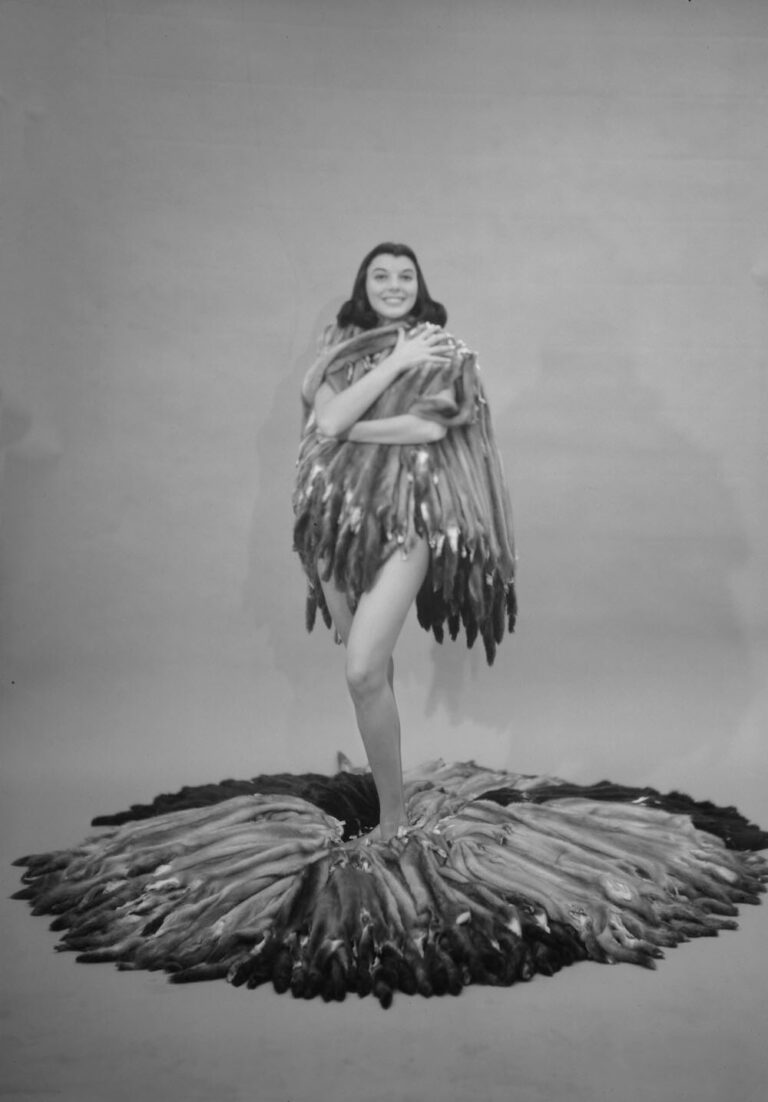
Born in Thunder Bay, Sauer moved in the late 1940s to Montreal, where she married commercial photographer Max Sauer. She learned photography as she worked with her husband and then ran the studio by herself after his sudden death in 1954. Sauer shifted the studio’s focus from industrial to fashion photography, with a particular interest in fur. She garnered commissions from major department stores and domestic, as well as international, fur trading organizations and publications. Sauer also experimented with alternative photographic processes. In her science-fiction inspired image of three models, Sauer enhanced the modern fashions by combining collaged figures from several negatives to make them seem as though they are floating in space. The otherworldly light effects are created by solarization, which entails briefly exposing the print to light during the developing process. Sauer remains an elusive figure and her work has rarely been celebrated, exhibited, or collected. Nevertheless, her international acclaim is marked by awards, including a Merit award from the Professional Photographers of America, a rarity for both a woman and a Canadian.
Image: June Sauer, Venus in Furs, model F. Todaxco, c.1960, Library and Archives Canada, Ottawa.
For further reading, see:
Concordia University, “Artist Database: SAUER, June.” Canadian Women Artists History Initiative, last updated June 13, 2016. cwahi.concordia.ca/sources/artists/displayArtist.php?ID_artist=5822.

-
Semchishen, Orest (b.1932, Mundare, Alberta)
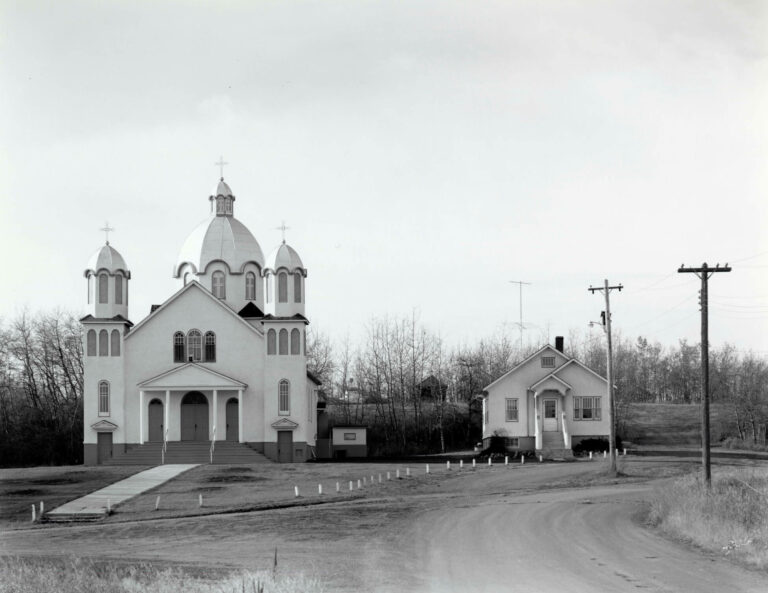
A radiologist by profession, Semchishen practised photography in his spare time. During his studies with photographer Hubert Hohn, Semchishen embarked on a rigorous modernist project documenting the visual landscape of Alberta and particularly its architectural and religious heritage. In 1976 Hohn curated a show of Semchishen’s detailed photographs of dome-topped Byzantine churches around Alberta. These were built by Ukrainian communities. including Semchishen’s own, and by then mostly abandoned. Semchishen’s work was part of the Banff Purchase of 1979.
Image: Orest Semchishen, Holy Ghost Ukrainian Church, Derwent, Alberta, 1974, printed 1990, gelatin silver print, 27.8 x 35.4 cm; image: 22.4 x 29 cm, National Gallery of Canada, Ottawa.
For further reading, see:
Hanna, Martha. Orest Semchishen: In Plain View. Ottawa: Canadian Museum of Contemporary Photography, 1994.
Semchishen, Orest, and Hubert Hohn. Byzantine Churches of Alberta. Edmonton: Edmonton Art Gallery, 1976.

-
Spohr, Barbara (1955, Vancouver–1987, Calgary)
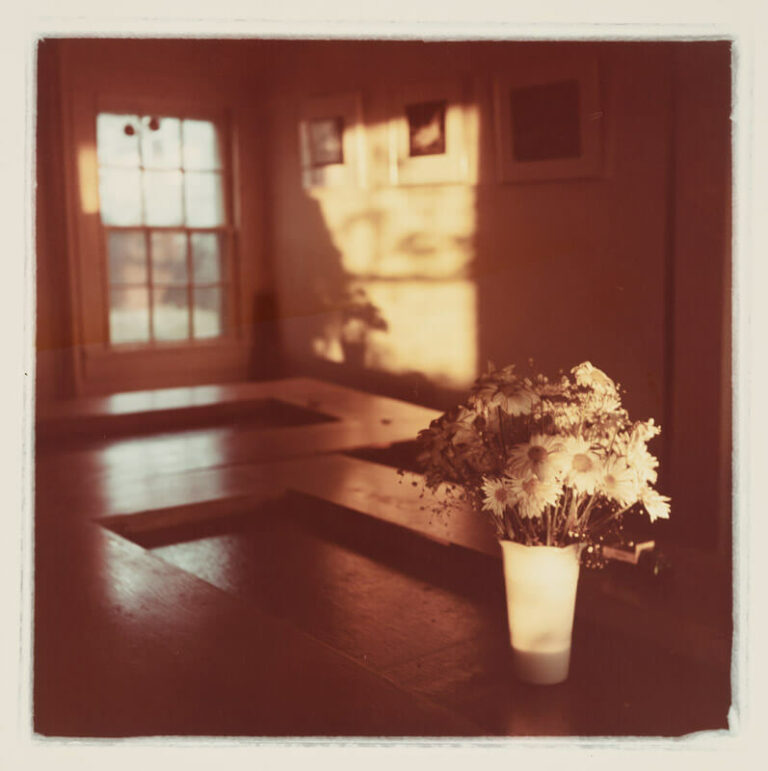
Spohr lived and worked mostly in Banff and Nelson, B.C., producing a remarkably cohesive body of work in a career cut short by Hodgkin’s lymphoma. She began working in photography in 1977 after training in painting and printmaking at the Alberta College of Art and Banff School. Spohr’s intimate photographs capture the beauty and detail of daily life. Her later work is embellished around the edges with observations. In 1980 she attended the Apeiron Workshop in rural New York, an independent program inspired by Minor White, which featured a who’s who of eminent creative photographers as instructors. Work produced at the Apeiron was purchased by famed collector Sam Wagstaff and is included in the photographs acquired from him by the Getty Museum in Los Angeles.
Image: Barbara Spohr, Aperion, 1980, chromogenic print, 35.2 × 35.2 cm, J. Paul Getty Museum, Los Angeles.
For further reading, see:
Alberta. Provincial Art Collections. “Spohr, Barbara.” HeRMIS. Accessed May 11, 2023.
hermis.alberta.ca/afa/Details.aspx?ObjectID=1981.052.001&dv=True.Cousineau-Levine, Penny. Faking Death: Canadian Art Photography and the Canadian Imagination. Montreal and Kingston: McGill-Queen’s University Press, 2003, 257–59.
Lipsett, Katherine ed. Barbara Spohr: Apparent Reasons. Banff: Whyte Museum of the Canadian Rockies, 1995.

-
Squire, Lorene (1908, Harper, Kansas–1942, Pawhuska, Oklahoma)
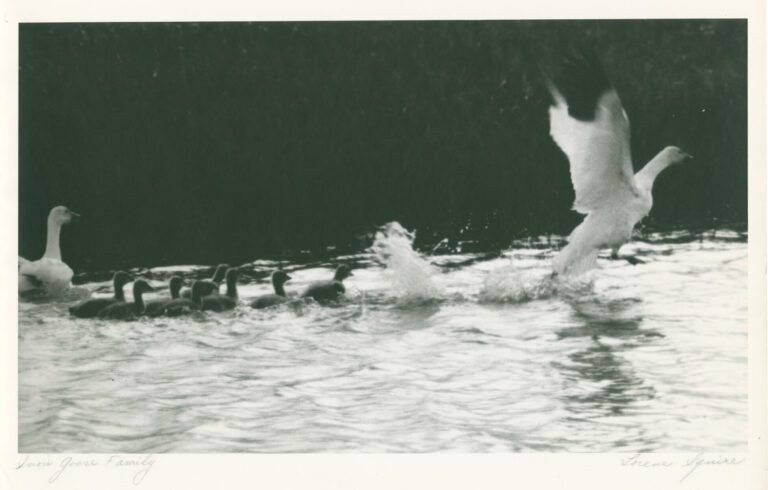
Squire began her photography career by documenting wildfowl during the Great Depression. Two significant series were commissioned by The Beaver (now Canadian History) and Canadian Airways—the 1937 photographs of wildfowl in the marshes of Alberta, Saskatchewan, and Manitoba, and the 1938 photographs of everyday life in the Canadian Arctic. Many of these images, along with her candid writing, also appear in her book Wildfowling with a Camera, 1938. Squire died in a car accident in 1942, and her family donated thousands of her photographs and negatives to the Hudson’s Bay Company Archives in Winnipeg.
Image: Lorene Squire, Snow Goose family Richard’s Island, 1938, silver gelatin print, 24 x 30 cm, Hudson’s Bay Company Archive, Archives of Manitoba, Winnipeg.
For further reading, see:
Johnston Hurst and Rachel Alpha. “Lorene Squire’s Psychical Landscapes of Colonial/Modern Gender in the Canadian North.” History of Photography 40, no. 4 (December 2016): 413–31.
McManus, Karla. “‘These Diminished Waters’: Conservation, Camera Hunting, and Settler/Indigenous Conflict in Lorene Squire’s Wildfowl Photographs of Northern Canada.” Journal of Canadian Art History / Annales d’histoire de l’art Canadien 36, no. 2 (2015): 56–91.

-
Staats, Greg (b.1963, Skarù:ręˀ [Tuscarora] / Kanien’kehá:ka [Mohawk] Hodinöhsö:ni’, Six Nations of the Grand River Territory, Ontario)
![Staats, Greg (b.1963, Skarù:ręˀ [Tuscarora] / Kanien’kehá:ka [Mohawk] Hodinöhsö:ni’, Six Nations of the Grand River Territory, Ontario)](https://www.aci-iac.ca/wp-content/uploads/2023/05/greg-staats-mary-anderson-monture-768x778.jpg)
Staats is a Mohawk artist based in Toronto. He was active in the Indigenous photography movement in the 1980s and first exhibited his work with other members of the Native Indian / Inuit Photographers’ Association (NIIPA). His work addresses themes of loss and renewal and explores connections between identity, memory, and cultural knowledge. Drawing on Haudenosaunee tradition, he has developed a restorative aesthetic that works toward healing and regeneration.
Image: Greg Staats, Skarù:ręˀ [Tuscarora] / Kanien’kehá:ka [Mohawk] Hodinöhsö:ni’, Six Nations of the Grand River Territory, Ontario, Mary [Anderson Monture], 1982, toned silver print, 37 x 37 cm, Indigenous Art Centre, Crown-Indigenous Relations and Northern Affairs Canada, Gatineau.
For further reading, see:
Bassnett, Sarah. “Archive and Affect in Contemporary Photography.” Photography and Culture 2, no. 3 (November 2009): 241–46.
Chartrand, Rhéanne. #nofilterneeded: Shining Light on the Native Indian/Inuit Photographers’ Association, 1985–1992. Hamilton: McMaster Museum of Art, 2018, 16.
Hill, Richard. Greg Staats: Liminal Disturbance. Hamilton: McMaster Museum of Art, 2012.
![Staats, Greg (b.1963, Skarù:ręˀ [Tuscarora] / Kanien’kehá:ka [Mohawk] Hodinöhsö:ni’, Six Nations of the Grand River Territory, Ontario)](https://www.aci-iac.ca/wp-content/uploads/2023/05/greg-staats-mary-anderson-monture-768x778.jpg)
-
Steltzer, Ulli (1923, Frankfurt–2018, Vancouver)
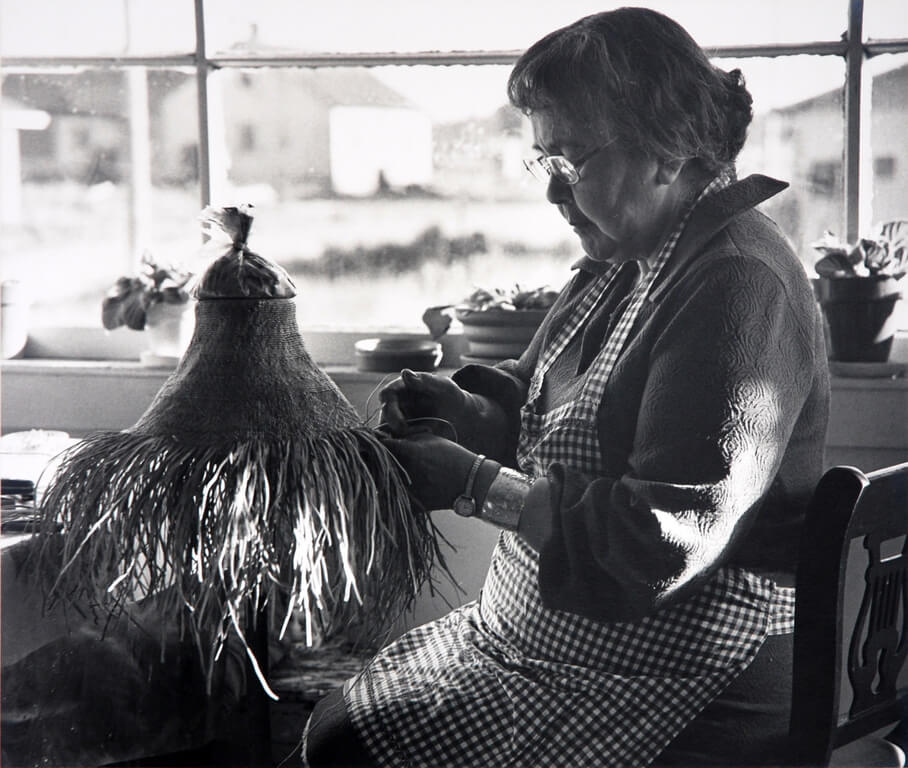
Steltzer emigrated from Germany to the United States in 1953. There, she learned photography and worked first as a staff photographer for a local newspaper in Princeton, New Jersey, and then for Princeton University. In 1972 she moved to Vancouver, where she began to photograph Northwest Coast Indigenous artists. Steltzer’s photographs show artists preparing materials and at work, making baskets, blankets, carvings, and more. Her portraits of artists such as Bill Reid and Robert Davidson, published in Indian Artists at Work, 1976, helped raise awareness of a Northwest Coast cultural revival. She travelled widely and published books on subjects that included Inuit, immigrants in the U.S., and the Guatemalan highlands.
Image: Ulli Steltzer, Florence Davidson, weaving a cedar hat, 1975, photo emulsion, 27.3 x 31.9 cm, Legacy Art Galleries, University of Victoria.
For further reading, see:
Cobb, Myrna, and Sher Morgan. Eight Women Photographers of British Columbia, 1860–1978. Victoria: B.C. Ministry of Labour and Camosun College, 1978.
Steltzer, Ulli. A Haida Potlatch. Foreword by Marjorie Halpin. Vancouver: Douglas & McIntyre, 1984.
———. Indian Artists at Work. Vancouver: J.J. Douglas, 1976.

-
Sugino, Shin (b.1946, Osaka, Japan)
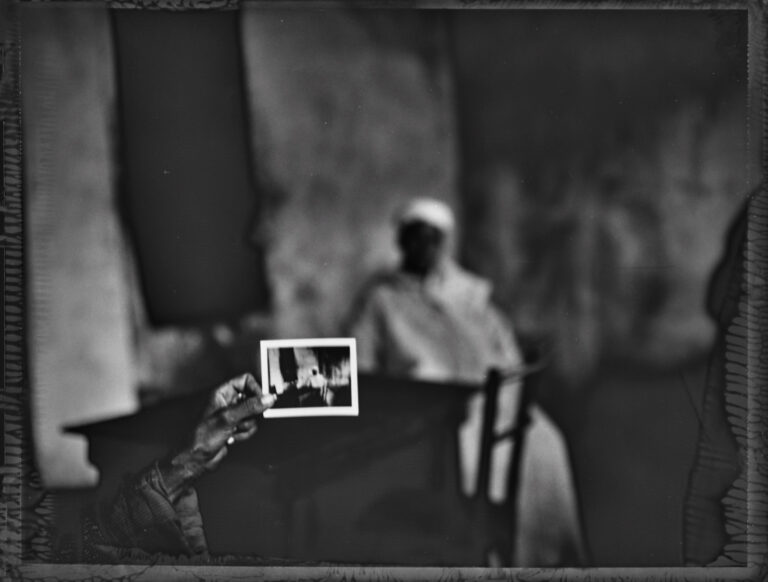
Sugino immigrated to Toronto at the age of nineteen. He studied photography at Ryerson Polytechnical Institute (now Toronto Metropolitan University) before embarking on a long and extremely successful career as a commercial photographer and film director of photography. In 1978 Sugino provided the dramatic landscape photographs of the Rockies for a popular book written by poet Jon Whyte and the photographs for Farley Mowat’s 1976 book entitled Canada North Now. Sugino also helped shape the Canadian photography scene in the 1970s as editor of the magazine Impressions (later C Magazine) and as a curator, including of Exposure, a significant survey of contemporary Canadian photography held at the Art Gallery of Ontario in 1975.
Image: Shin Sugino, Man in a Cafe Ouarzazate, 1975, gelatin silver print using a Pola Pan Negative, 40.6 x 50.8 cm.
For further reading, see:
Milrod, Glenda, and Shin Sugino. Exposure: Contemporary Canadian Photography. Toronto: Art Gallery of Ontario, 1975.
Mowat, Farley. Canada North Now: The Great Betrayal. With photos by Shin Sugino. Toronto: McClelland & Stewart, 1976.
Sugino, Shin, and Jon Whyte. The Rockies: High Where the Wind Is Lonely. Toronto: Gage, 1978.

-
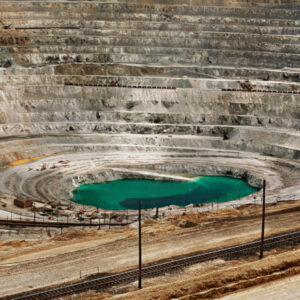 About the Authors
About the Authors
This book is written by art historians Sarah Bassnett and Sarah Parsons.
-
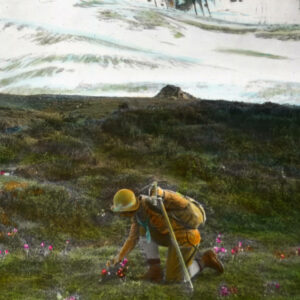 More Online Art Books
More Online Art Books
Read online or download the ACI’s incredible library of art books for free in French and English.
-
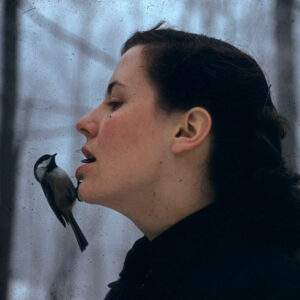 Preface
Preface
Photography has become so thoroughly integrated into our everyday experience that it may be hard to imagine life without it.
